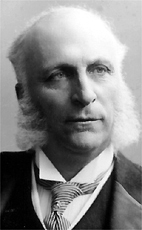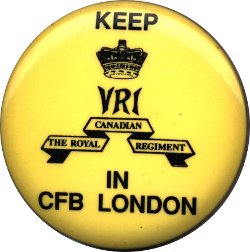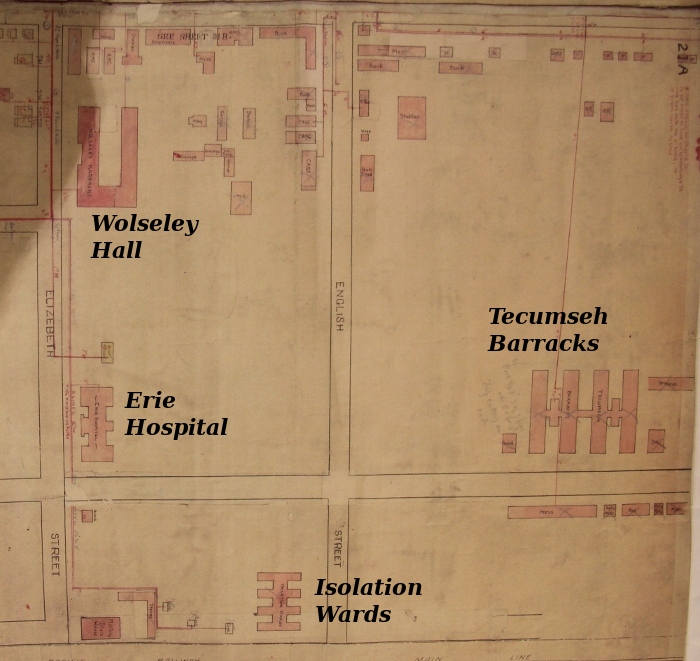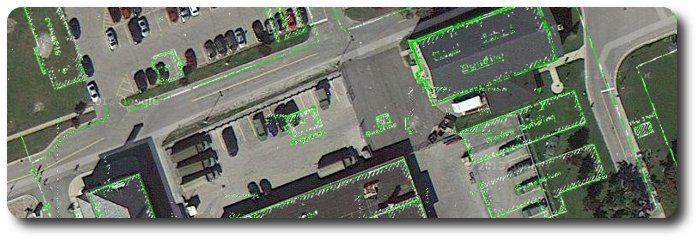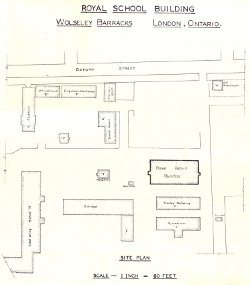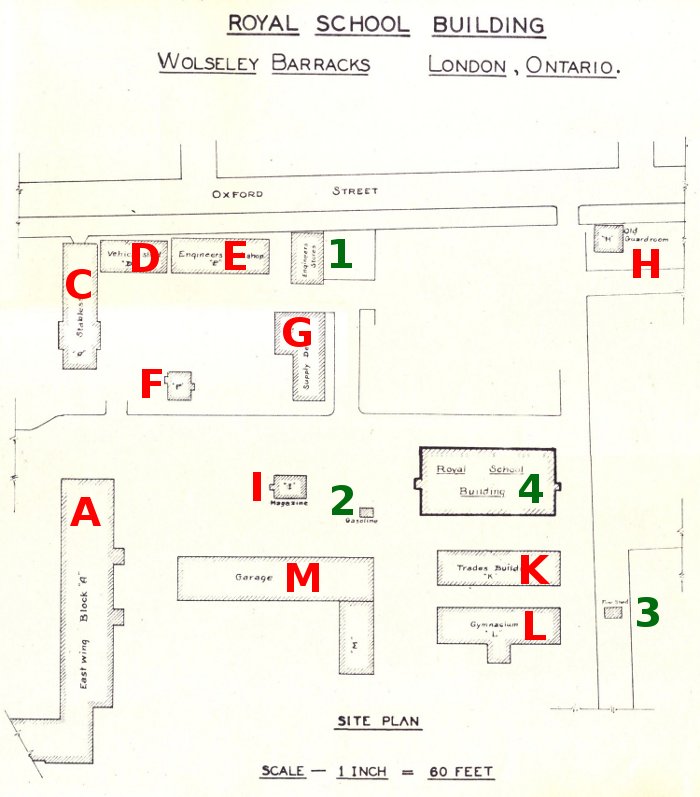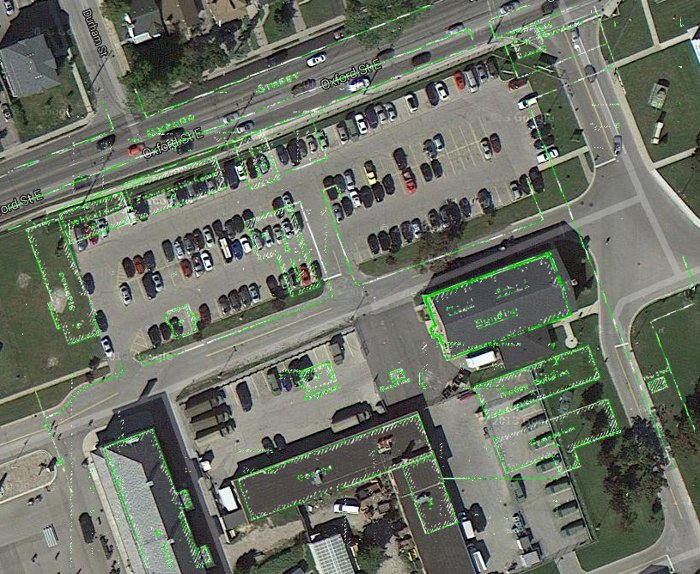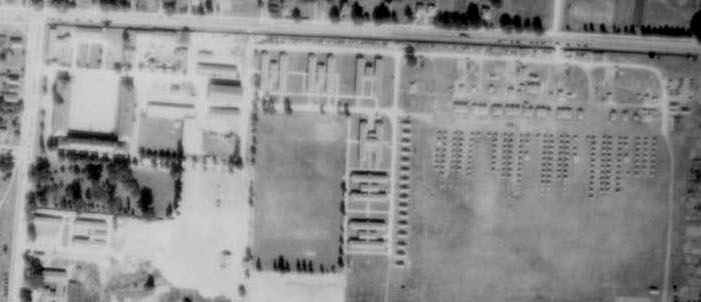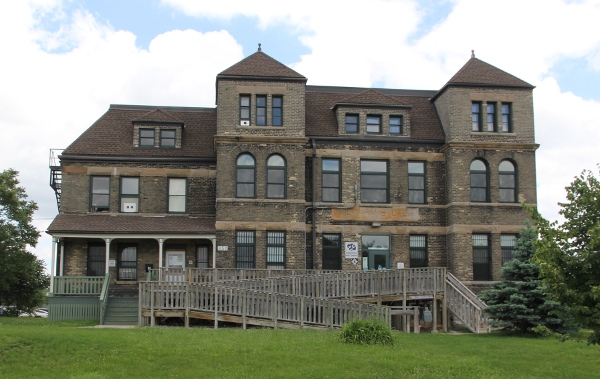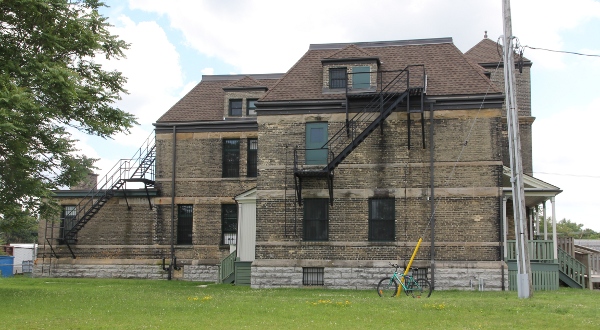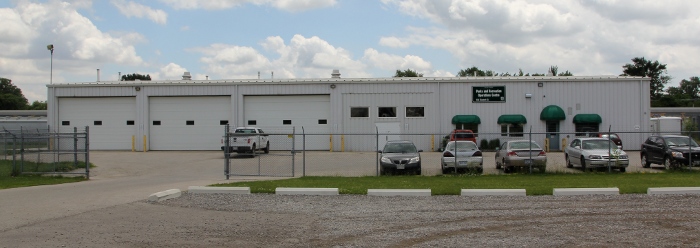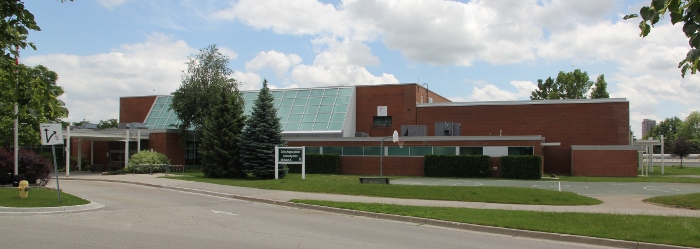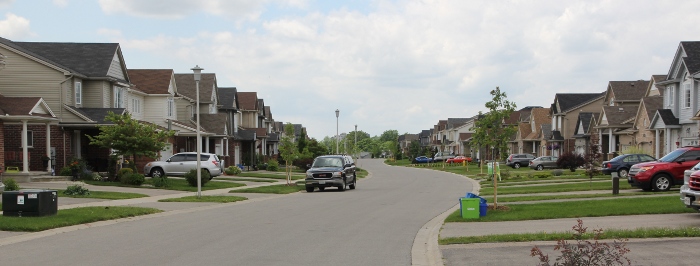Topic: Wolseley Barracks
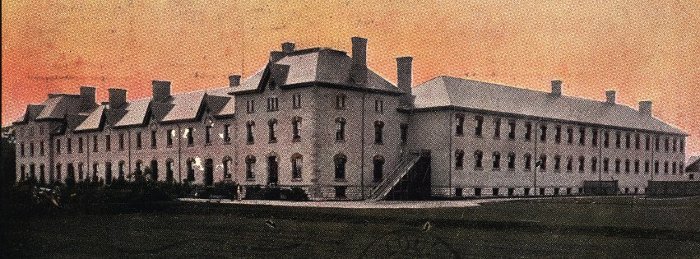
The New Infantry School
The Sarnia Observer, 18 September, 1885
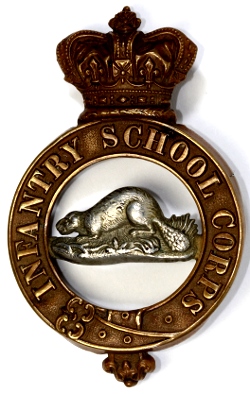 The project for mixing up the proposed new Infantry School in London, with a scheme for establishing permanent camp grounds in conjunction with the agricultural fairs there has happily fallen through. It was boomed with insidious art and much sophistry by the London Free Press for several years and so many outsiders connected with the Militia fell unconsciously into the trap that we fully expected to see the scheme succeed. But the promoters of it overshot their mark, Their greed was too apparent, and the citizens of London, by an overwhelming majority, sat down on them with crushing effect. We refrained from offering any suggestions or opinions in regard to the matter while the subject was before the ratepayers of London for settlement, because we felt that our motives would be misconstrued. The contest was made to assume a political complexion, from the fact that the chief party interested in combining the fair, the camp and the school in one grand combination was the Postmaster-General, Hon. John Carling. The scheme was made large and comprehensive so as to embrace a proposal for the purchase of carling farm as a site for the combined institutions, at a figure that many regarded as exorbitant—$75,000 for some hundred acres of land. Now that the people of London have knocked the combination on the head, a few remarks on the subject may be listened to with attention.
The project for mixing up the proposed new Infantry School in London, with a scheme for establishing permanent camp grounds in conjunction with the agricultural fairs there has happily fallen through. It was boomed with insidious art and much sophistry by the London Free Press for several years and so many outsiders connected with the Militia fell unconsciously into the trap that we fully expected to see the scheme succeed. But the promoters of it overshot their mark, Their greed was too apparent, and the citizens of London, by an overwhelming majority, sat down on them with crushing effect. We refrained from offering any suggestions or opinions in regard to the matter while the subject was before the ratepayers of London for settlement, because we felt that our motives would be misconstrued. The contest was made to assume a political complexion, from the fact that the chief party interested in combining the fair, the camp and the school in one grand combination was the Postmaster-General, Hon. John Carling. The scheme was made large and comprehensive so as to embrace a proposal for the purchase of carling farm as a site for the combined institutions, at a figure that many regarded as exorbitant—$75,000 for some hundred acres of land. Now that the people of London have knocked the combination on the head, a few remarks on the subject may be listened to with attention.
The establishment of an Infantry School in the Western District we regard with approval. It is needed in the interests of the militia force, and London, as headquarters of the militia district, is the proper place for it. The government has selected the city, very properly, as its location. The most suitable site for it is a matter requiring some consideration, but there are many eligible places in the neighbourhood, and no difficulty ought to be experienced in securing one. The barracks should be at some distance from the city, and the grounds surrounding it should be large enough for parade and drill purposes. Adjoining it, or as near as possible, a rifle range ought to be established, a first requirement of which should be absolute safety. Such a range could not be had at carling farm. If a site for the school could be had in the vicinity of Cove Ranges, it would answer the purposes well. The ranges could be leased or purchased by the government for the use of the local militia, as well as of the school.
A camp ground for the militia of the district is not a necessary adjunct of an Infantry School, nor is the proximity of an Infantry School a necessity for a camp ground. They have only a remote connection with each other, and ought not to have been considered as necessary complements. We are opposed to the holding of annual drill camps continuously in one place. One of the chief objects aimed at informing military camps for drill purposes is destroyed. The camps out to be held at different points in the district in each succeeding year, so that officers and men, staff as well as line, could be made acquainted with the leading features of the country, the means of access to any given point, the condition and direction of the roads, and all other information that should be of service to troops called out for a campaign in the district. The military features of salient points on the frontier ought to be especially familiar to the officers of the district who might be called upon in an emergency to guard these points at short notice. Camps in the vicinity of Amherstburg, Windsor, Sarnia, Goderich, Kincardine and Southampton, would tend to make the troops acquainted with the ground in these neighbourhoods, and field days and brigade manoeuvres ought to be planned with an eye to the defence of each place. So with such centres as Chatham, St. Thomas, London, Stratford and Woodstock, strategic points, the surroundings of which ought to be made a subject of study by the militia of the district. We think that the reasons we have given why the permanent camp idea should be abandoned will strike the officers in command of militia corps as sound and incontrovertible. An expression of their views in that direction would no doubt have effect at headquarters, and the result would probably be a return to the system introduced after the Fenian raids aroused the authorities to the necessity for bringing the militia together annually for brigade drill.
There being in our opinion no necessity for a permanent camp ground, the idea of uniting the camp grounds with fair grounds, as a joint institution, it is not necessary to discuss. The action of the citizens of London in voting to keep them separate shows that they fully understand the folly of uniting the two interests. It speaks well for their firmness and level headedness, that they were able to take a common sense, business view of the question in spite of the powerful influences brought to bear upon them to give a verdict in Mr. Carling’s favour.
They have chosen well as to what they require for Fair Grounds, now let the militia authorities display as good judgment in the selection of a site for the Infantry School and neither party will have cause to regret the action of the other.



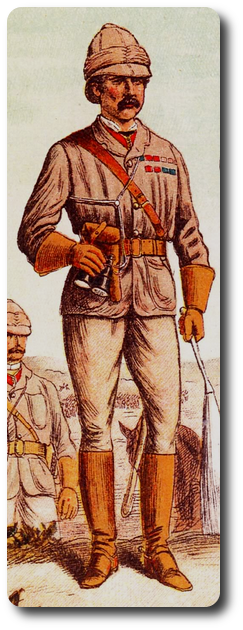


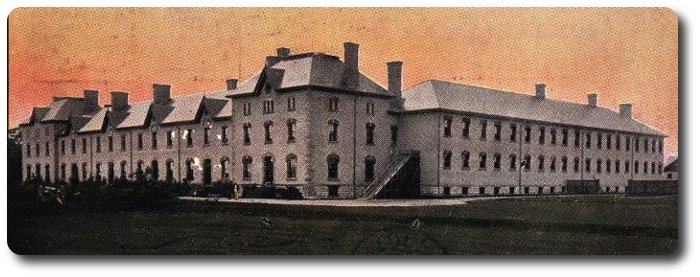
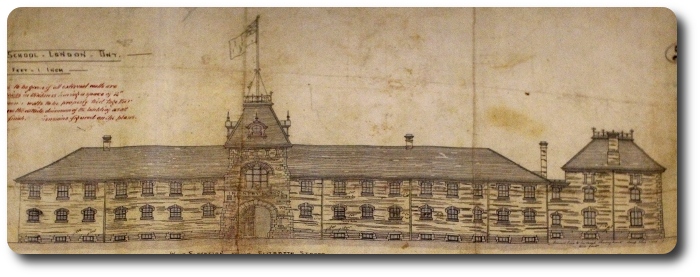
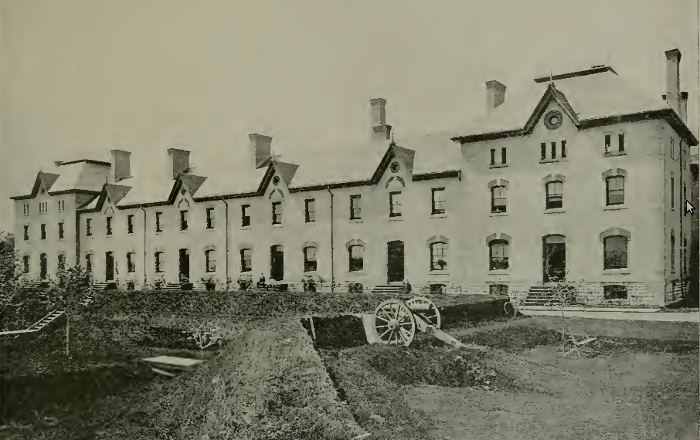

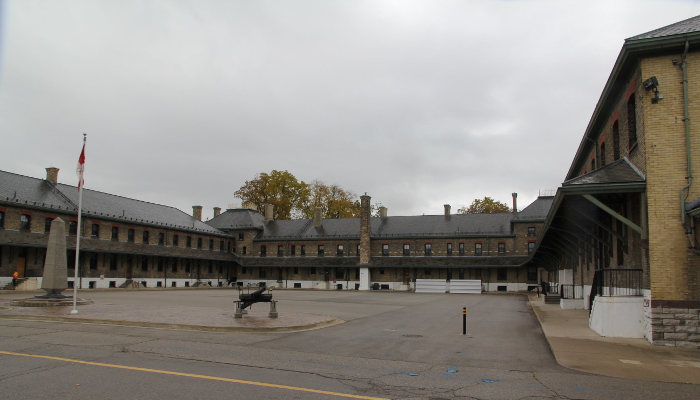
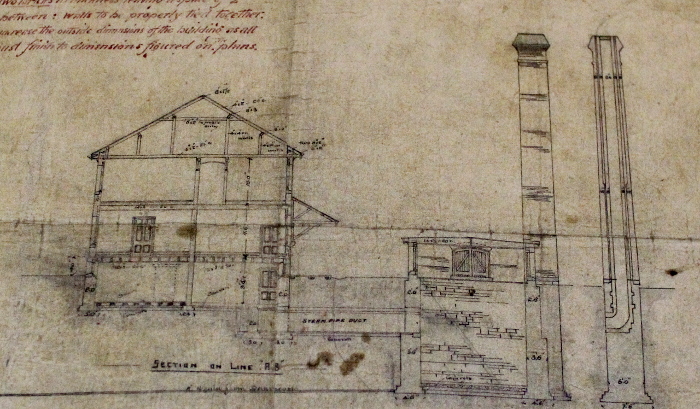
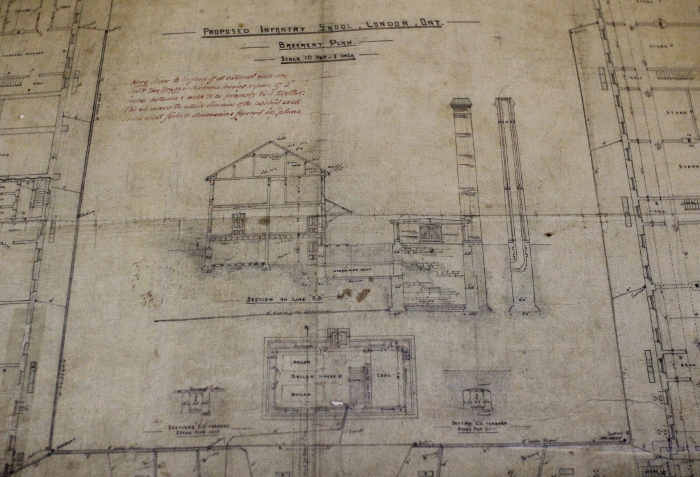

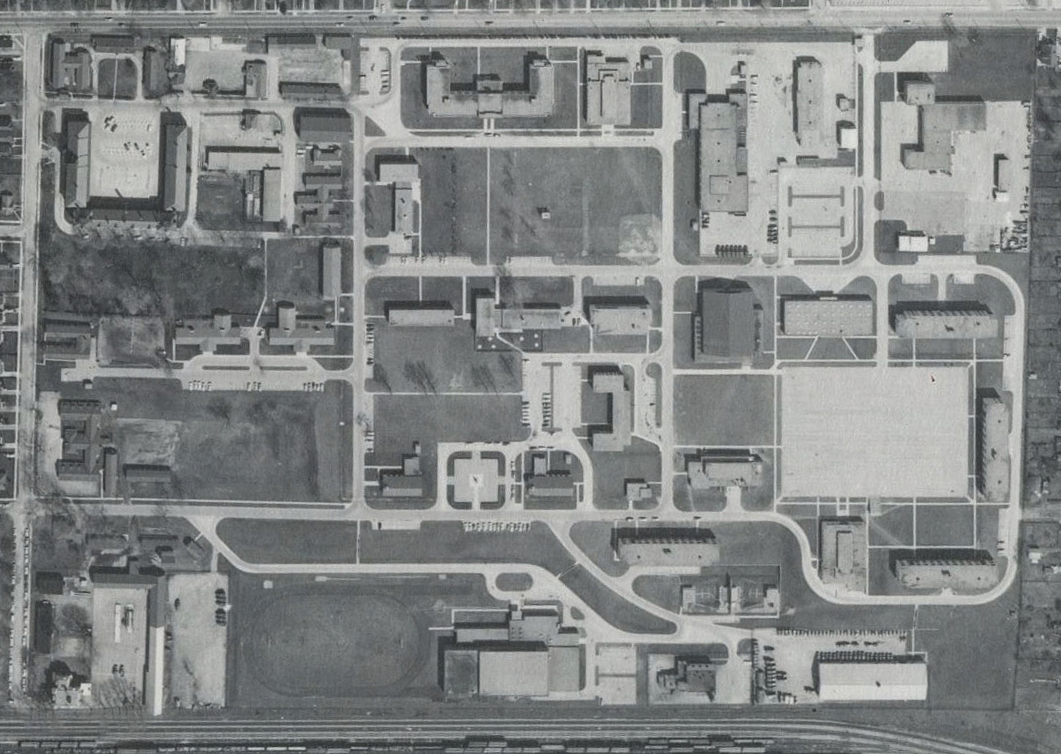
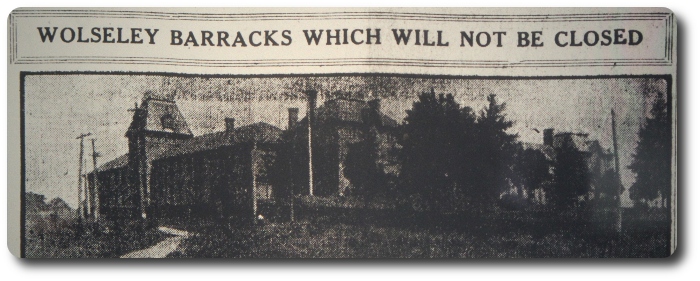
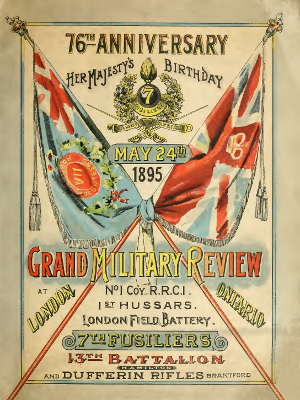
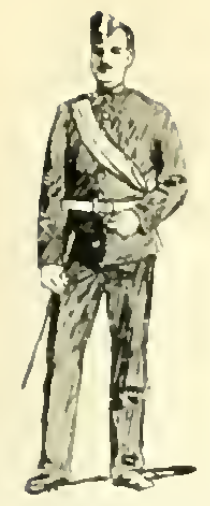 The Military School
The Military School

